
Broth-Based Soups For Full Feelings on Less Food - and Better Nutrition
Both based soups help to make you feel full in two ways. One way is that they contain a lot of 'bound water' - water that's held within the cells of the food itself. This makes you feel fuller for longer, until the cell walls are broken down during digestion. Another is their relatively high protein content. Protein containing foods tend to keep you feeling fuller longer because protein is slower to digest than carbohydrates, and eating protein and carbohydrates together slows the digestion of the carbs. Studies show that people who eat broth-based soups as the first course of their meal tend to eat 20% less calories over the course of the meal.
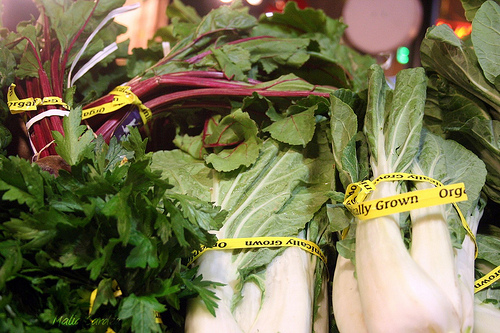
Dark, Leafy Greens Deliver Vitamins and Minerals While They Help You Feel Full
Leafy greens help to reduce your appetite by their bound water content and their low caloric load. While the body is digesting the thick-walled cells of leafy greens, you feel fuller, and the process is slowed by having little freely available carbohydrate. Leafy green vegetables' cell walls can be broken down but not digested by the human digestive tract, meaning they contain a lot of dietary fiber, and it's this fiber that causes the feelings of fullness leafy green vegetables give you. They also produce a high thermic effect, meaning they heat the body and much of their energy content is consumed during the process of digesting them.
- Important notification about information and brand names used in this slideshow!
- Photo courtesy of Malia by Flickr : www.flickr.com/photos/malia111/4789621447/
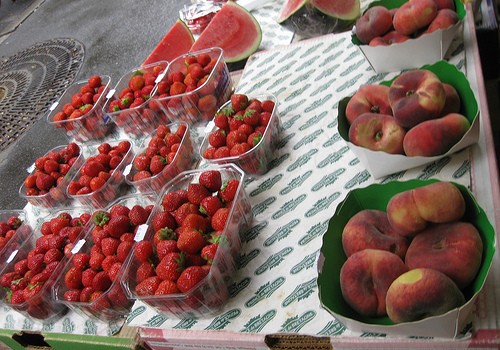
Fruits Are Rich in Water, Another Good Reason to Tuck In
Most fruits are somewhat water rich. Besides containing about 80 calories, an apple is about 25% air and of the remainder, about 85% is water. While apples are high in fructose, this sugar content is absorbed slowly because of the high fiber content in apples. Most fruit is similar to this, with citrus fruits being among the most water rich. Water rich fruit contain their water in bound form, stored within their cells which must be broken down by digestive processes to get at the water. As a result they're good for controlling thirst as well as hunger.
- Important notification about information and brand names used in this slideshow!
- Photo courtesy of RubyGoes by Flickr : www.flickr.com/photos/rubygoes/8650424227/
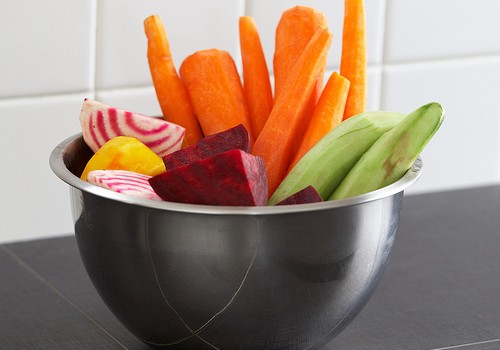
Non-Starchy Vegetables - Feel Full All Day And Enjoy!
Non-starchy vegetables are recommended by Diabetes.co.uk, a global forum on diabetes which describes non-starchy vegetables as 'a very healthy food choice,' and the American Diabetes Association recommends dedicating half of your plate to non-starchy vegetables. As well as being good sources of vitamins like vitamin A, vitamin K and vitamin C, non-starchy vegetables are a low-calorie source of dietary fiber and bound water. That means they're even better than fruit at filling you up without filling you out, since fiber increases feelings of fullness and slows digestion, leading to slower release of the calories in your food. That means more stable blood sugar and less crashes and cravings.
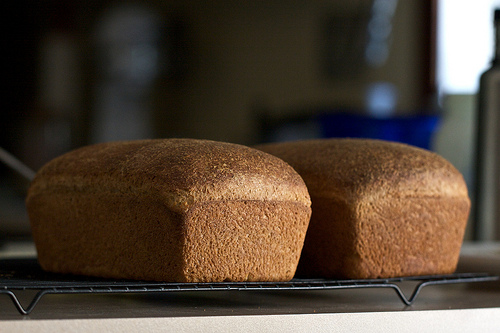
Increase Your Intake of Fiber From Whole Grains and Other Sources
Whole grains can offer some benefits over their more thoroughly threshed cousins. The retention of the outer shell of the grain means a higher nutrient content and a reduced digestive speed, since the shell, or 'husk,' of the grain is mainly made of fiber. As a result, whole grains can be a good source of additional dietary fiber. However, some people have ow tolerances for the gluten and related molecules that make up grains, and the tough outer shells of grains can abrade the digestive tract. Some people report no problems with these issues, however. It's certainly true that the outer shell of the grain contains more vitamins and minerals, and the increase in fiber should help you feel full longer.
- Important notification about information and brand names used in this slideshow!
- Photo courtesy of Chiot's Run by Flickr : www.flickr.com/photos/chiotsrun/4800237529/
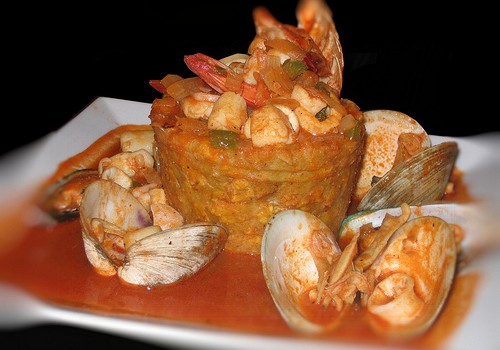
Seafood - A Great Low-Calorie Source of Protein
Proteins from seafood, including fish, can be a great, low-calorie source of nutrients. Protein is an essential nutrient anyway and many of us don't eat enough of it, but seafood protein is often low in fats and calories, and often rich in Omaga-3 fatty acids which accelerate metabolism and reduce fat storage. Look out, though - shellfish allergy is one of the more common food allergies, and shellfish that haven't been stored properly can easily lead to food poisoning. Mercury also tends to accumulate in seafood, leading to the FDA's recommendation that you eat large fish like tuna or salmon no more than twice a week and that pregnant women monitor their intake.
- Important notification about information and brand names used in this slideshow!
- Photo courtesy of Mambo'Dan by Flickr : www.flickr.com/photos/mambodan/5453949359/

Avoid Added Fat, But Don't Worry Too Much About Natural Fat
Don't worry too much about fat. The mechanism by which fat is laid down in your body means that it probably isn't fat that leads to overweight. Apply this simple check: who put the fat there? If the fat was added during cooking or preparation, avoid it wherever possible. If it's a natural part of the food - the fatty rind on steak, for instance - it's not going to do you any harm, so long as your blood sugar control system is in good working order so the fat that enters your bloodstream after a meal doesn't tip your triglyceride count into dangerous territory. In fact, because it's a slow-burning fuel source, fat can actually be an aid to weight loss if it's used right!
- Important notification about information and brand names used in this slideshow!
- Photo courtesy of Praveen by Flickr : www.flickr.com/photos/praveenpn4u/4762791211

Nuts and Seeds Offer Great Nutrients and Keep You Feeling Full
Nuts are an excellent way to stay full. They're very high in fiber and very high in protein, and moderately high in a wide range of fats. As a result, nuts are far more calorific than most people realize - a large double handful of nuts can contain 1500 calories or more! However, a small amount eaten periodically through the day or used to replace snacks can both reduce your caloric load and increase your feelings of fullness, as well as offering great nutritional benefits like trace minerals and complex fatty acids. If you replace chocolate, packaged snacks or highly caloric drinks like sodas and some coffees with a piece of fruit and a handful of nuts you might only lose 100 calories on the deal - but you'll feel fuller for longer through the day and your blood sugar will be far more stable, which is an important aid to weight loss.
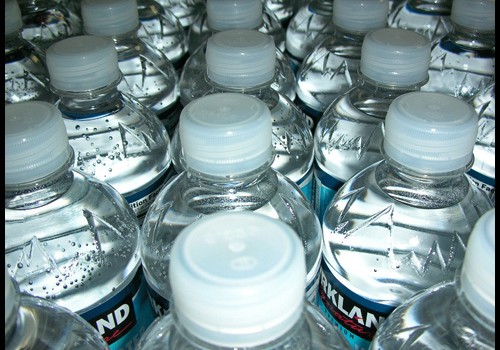
Staying Hydrated Will Help You Feel Satisfied Throughout the Day
While there's no scientific evidence that drinking a specified amount of water every day will help you along the path to your ideal weight, or do anything for your general health, most of us are running along with low-level chronic dehydration. Many of us are so bad at recognizing the symptoms of thirst that we mistake them for hunger! One method to improve this is to drink some water every time you drink anything else. Have a glass of water with your coffee, have some water before you drink soda or fruit juice, and have a glass of water before you drink anything else with your meals. Why? Because many of the things we drink daily are diuretic, meaning that they actually make you more thirsty, and many of them are also so sugary that they alter the fluid balance of your body and make you more thirsty. Sodas, for instance, belong to both categories and are also a major source of 'unseen calories.' Drinking sugary and caffeinated drinks also causes blood sugar spikes, and when your blood sugar falls again it falls to fart, leading to headaches, lethargy and hunger. Make water your major beverage and drink other things...
While there's no scientific evidence that drinking a specified amount of water every day will help you along the path to your ideal weight, or do anything for your general health, most of us are running along with low-level chronic dehydration. Many of us are so bad at recognizing the symptoms of thirst that we mistake them for hunger! One method to improve this is to drink some water every time you drink anything else. Have a glass of water with your coffee, have some water before you drink soda or fruit juice, and have a glass of water before you drink anything else with your meals. Why? Because many of the things we drink daily are diuretic, meaning that they actually make you more thirsty, and many of them are also so sugary that they alter the fluid balance of your body and make you more thirsty. Sodas, for instance, belong to both categories and are also a major source of 'unseen calories.' Drinking sugary and caffeinated drinks also causes blood sugar spikes, and when your blood sugar falls again it falls to fart, leading to headaches, lethargy and hunger. Make water your major beverage and drink other things to enjoy them, not to assuage thirst.
- Important notification about information and brand names used in this slideshow!
- Photo courtesy of Lee Brimelow by Flickr : www.flickr.com/photos/brimelow/73092271/
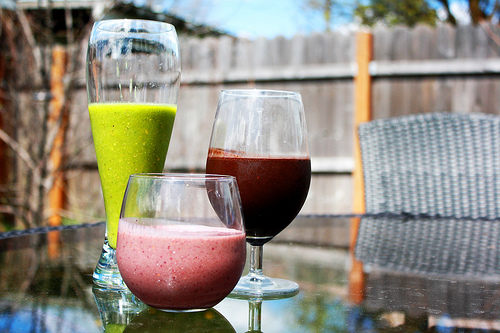
Try Adding Smoothies or Other Drinks to Your Diet - But Read the Label!
Smoothies can be a great way to conveniently add some fruit and some extra fiber to your diet. When you drink fruit juices, the sugars from the fruit are still in the juice, but the fiber is not. When you drink a fruit smoothie, mart of what gives it that thick consistency is the fiber from the fruit it's made from. The result is that you'll feel fuller for longer and the absorption of the sugars will be slowed down, meaning your blood sugar will be more stable. Additionally, a smoothie can help you replace a snack or small meal with something healthy that you can drink on the go. That points up the downside of smoothies, though: they can be far more calorific than you realize. Buying smoothies can mean drinking a high-sugar, high calorie drink (sometimes up to 1000 calories a liter or more!) with few real health benefits. Make your own, or locate a supplier or brand you trust and whose smoothies are low in calories and sugar.
- Important notification about information and brand names used in this slideshow!
- Photo courtesy of Andrea Parrish - Geyer by Flickr : www.flickr.com/photos/tinytall/7100432475/




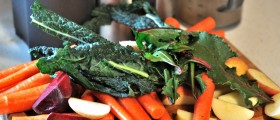
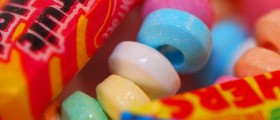
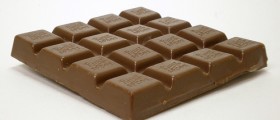
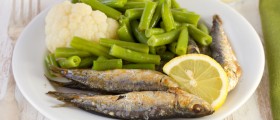


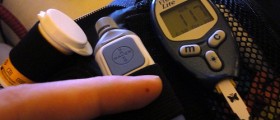



_f_280x120.jpg)

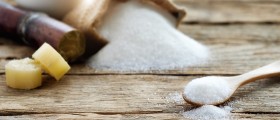
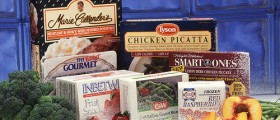


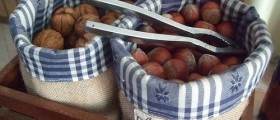

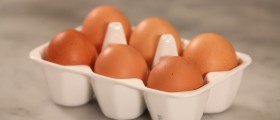
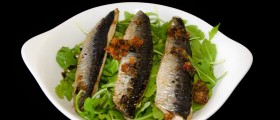
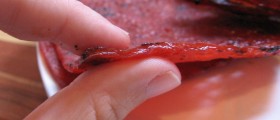


Your thoughts on this
Loading...